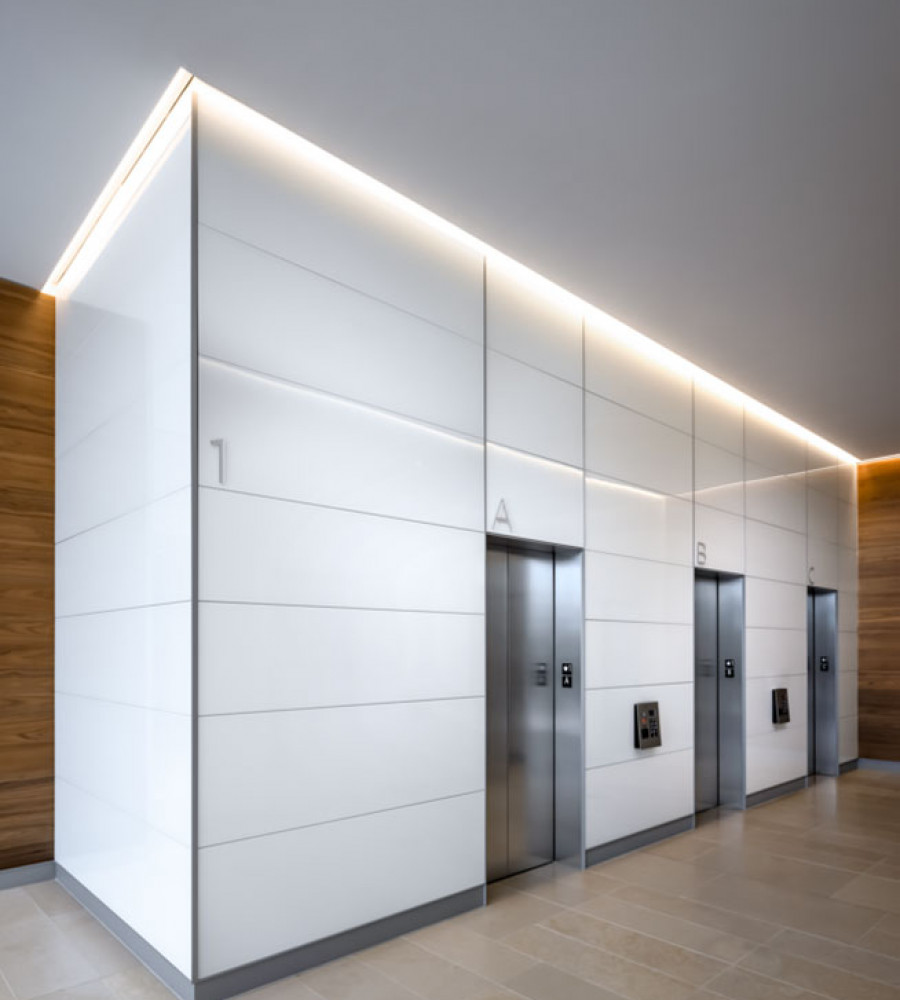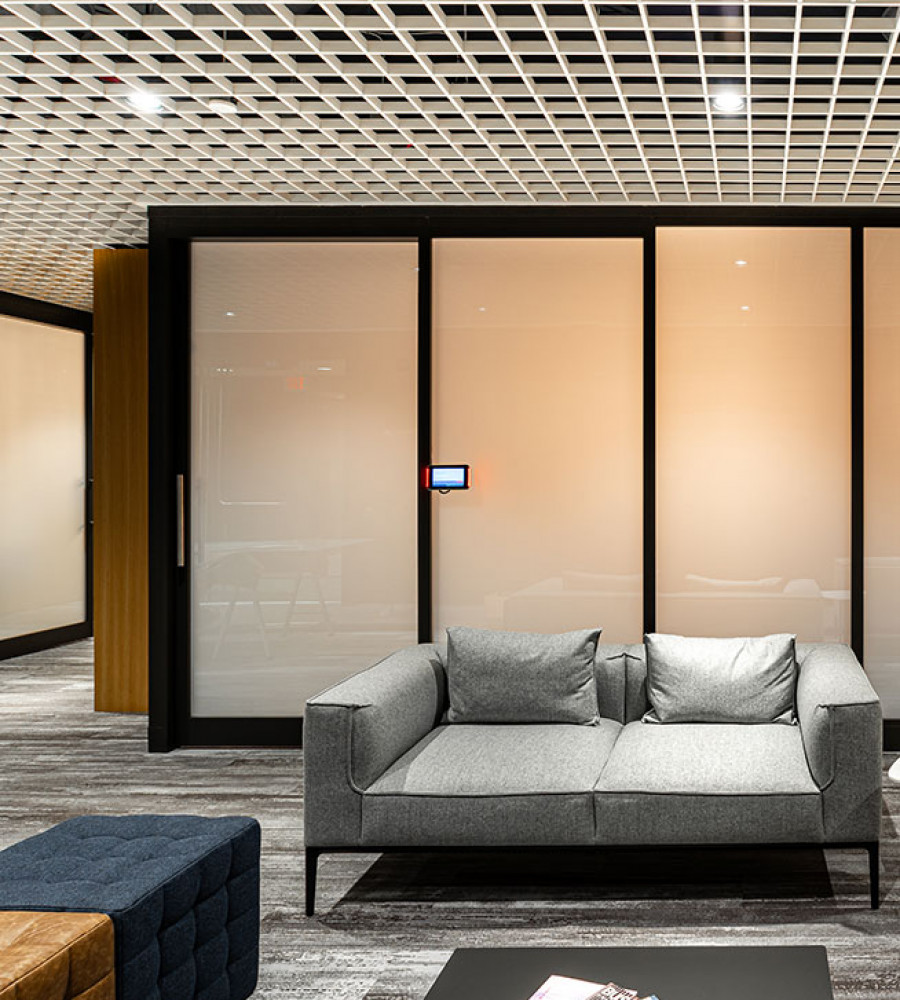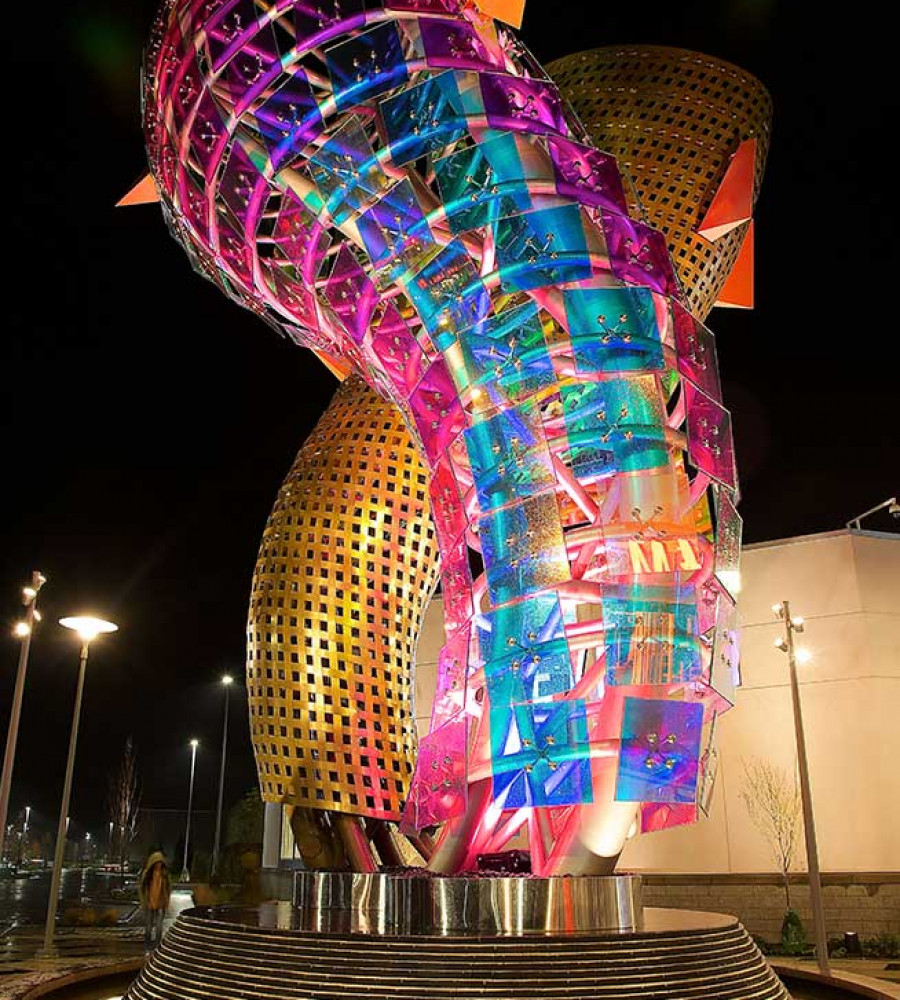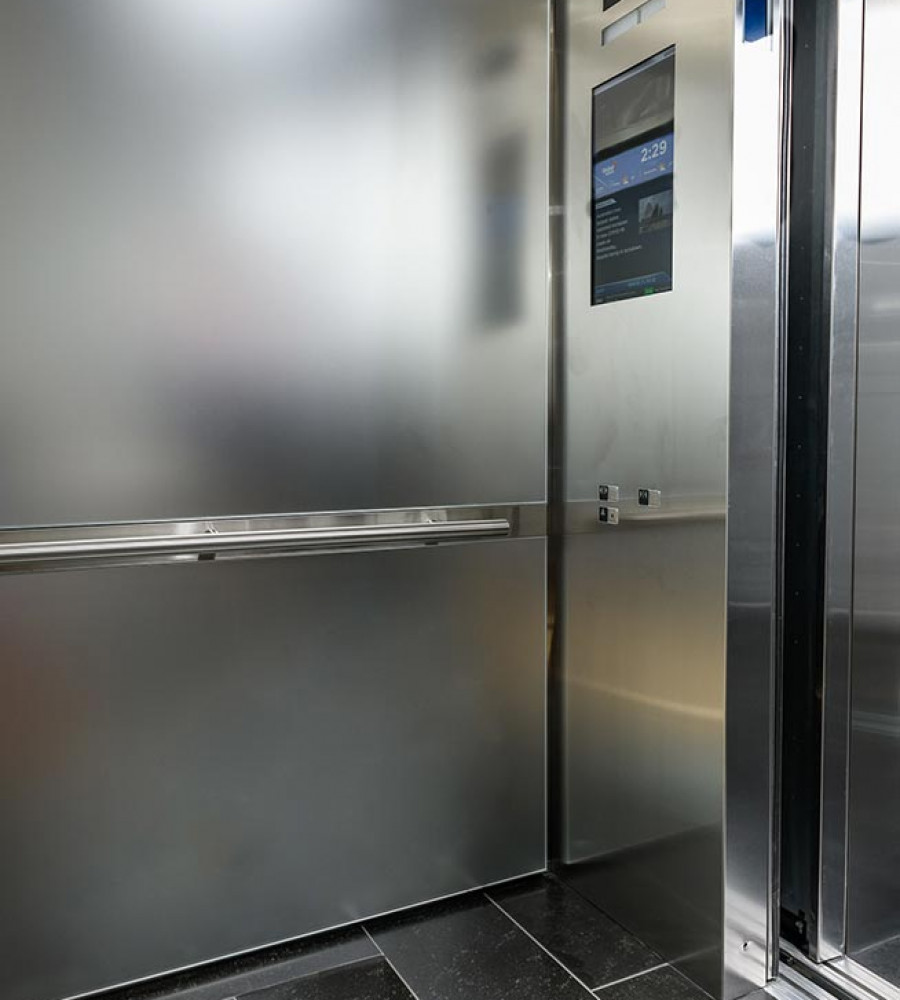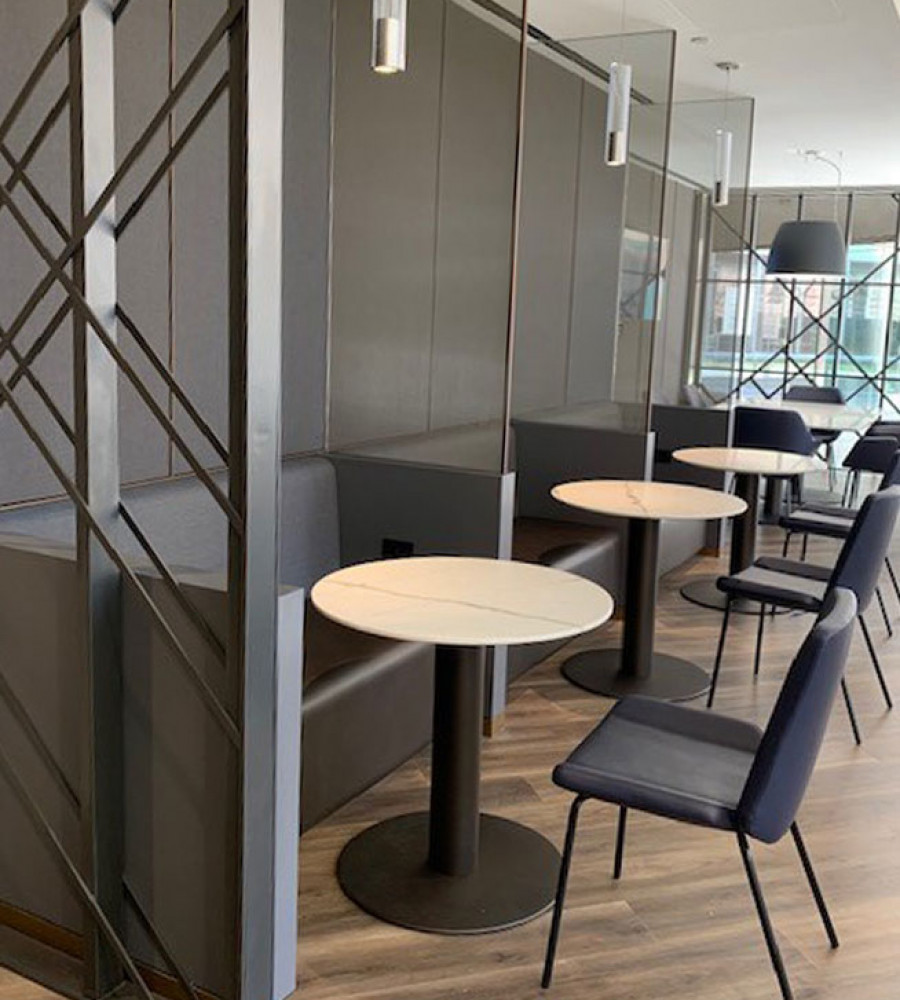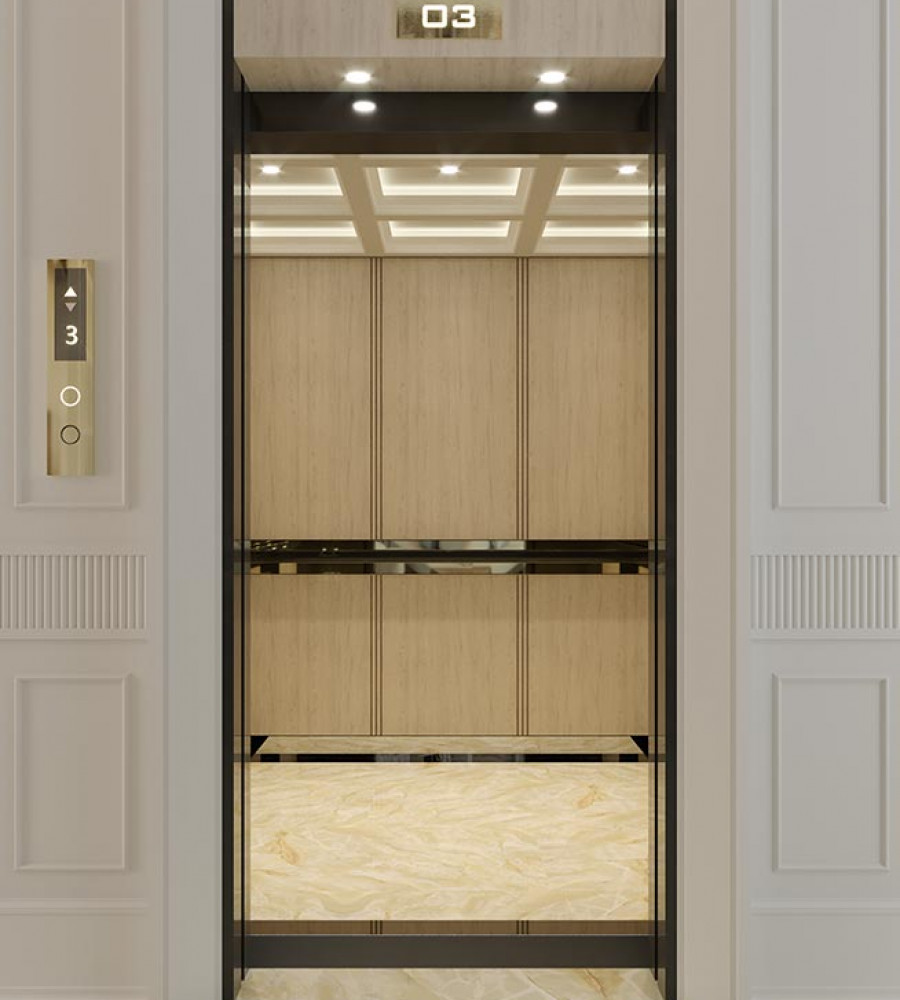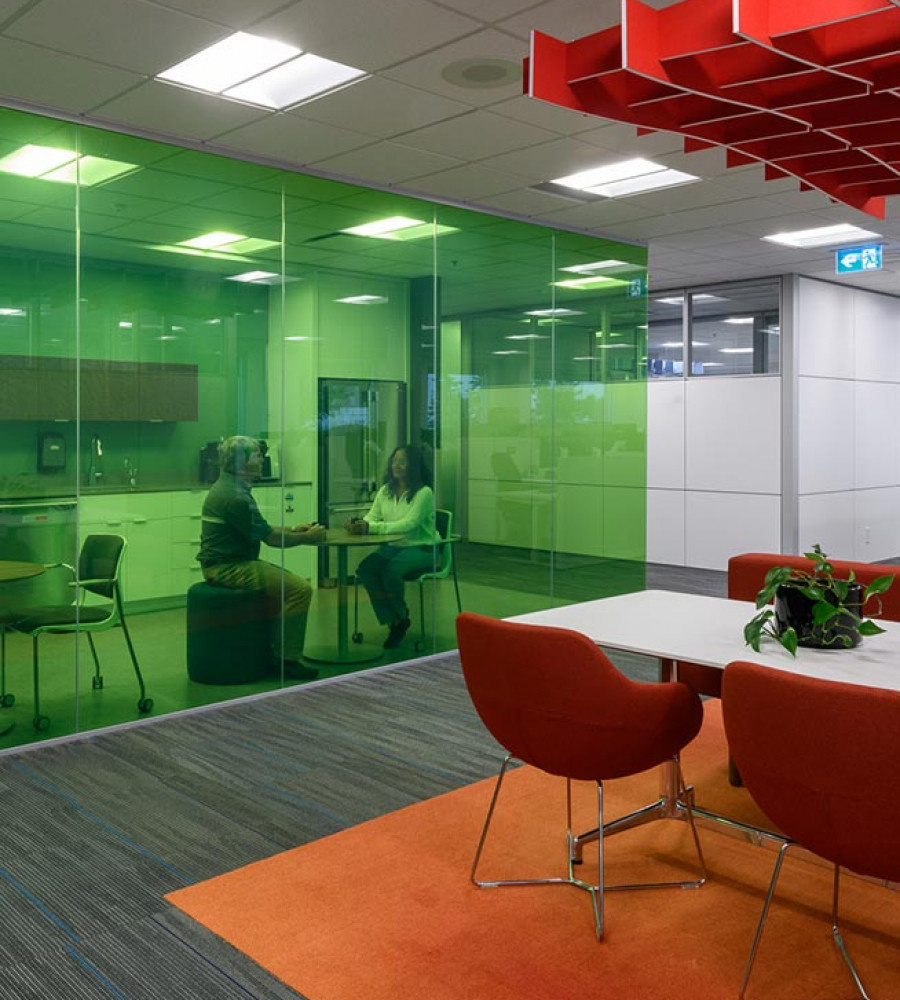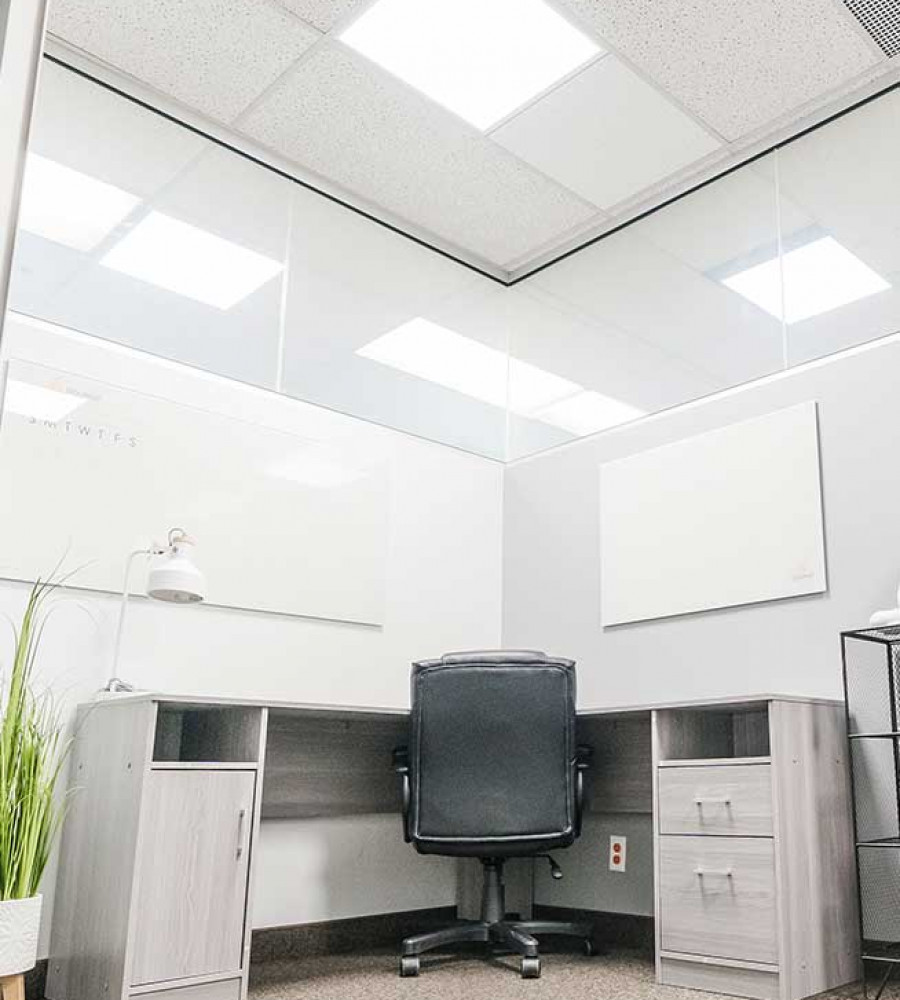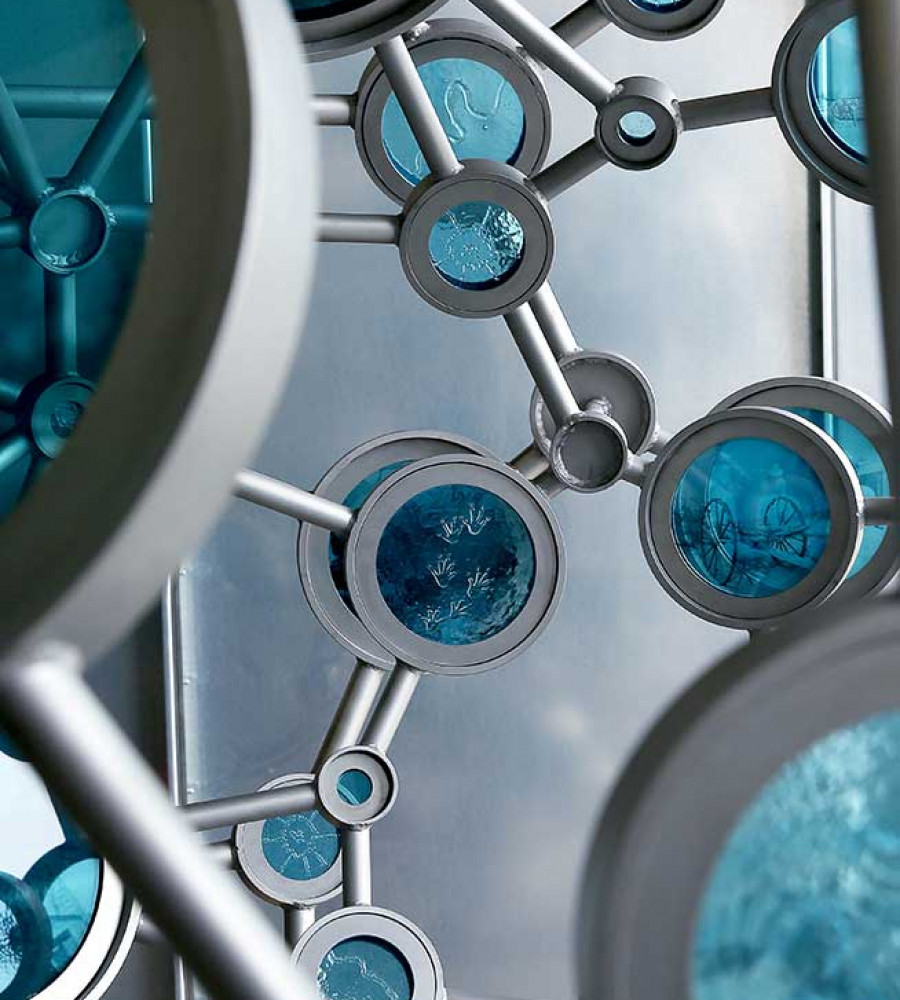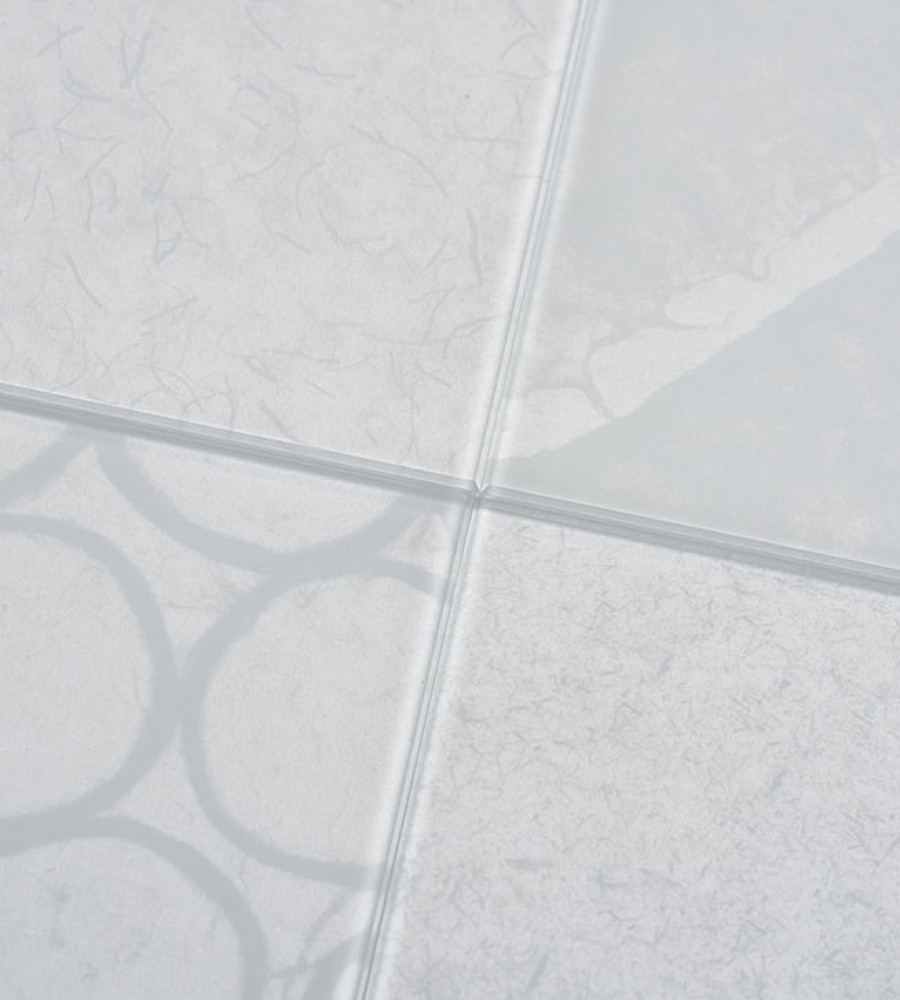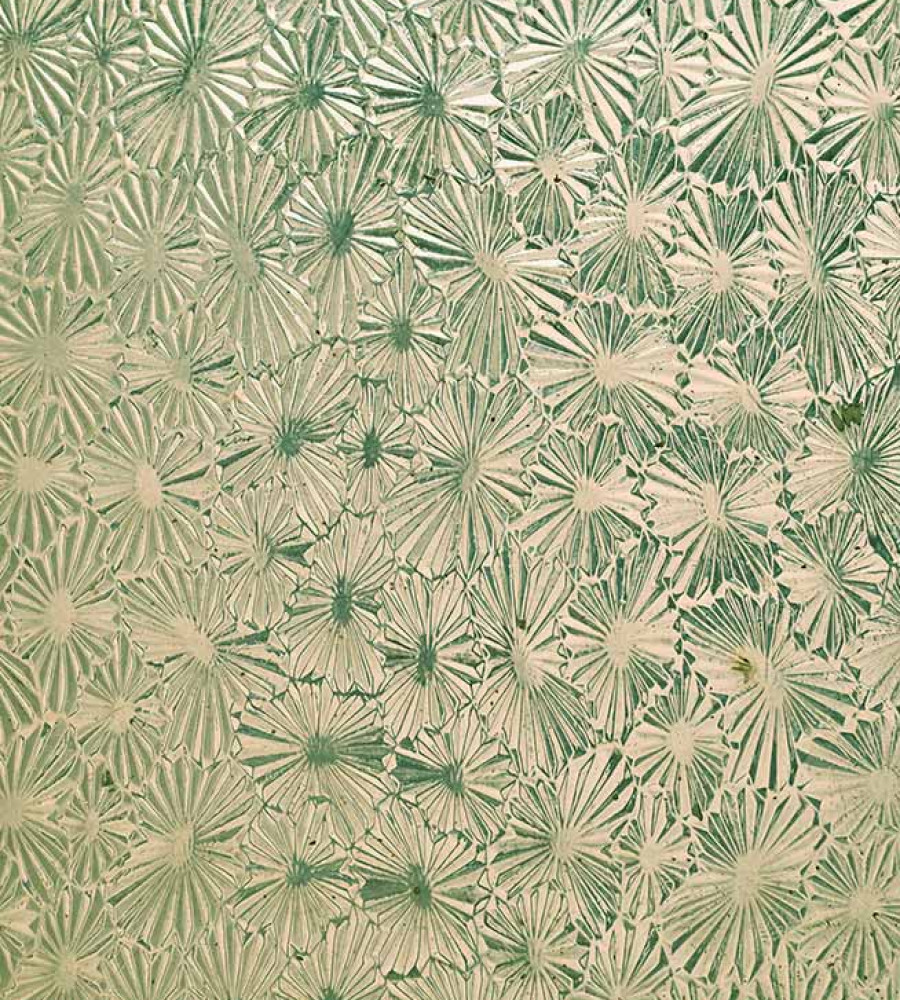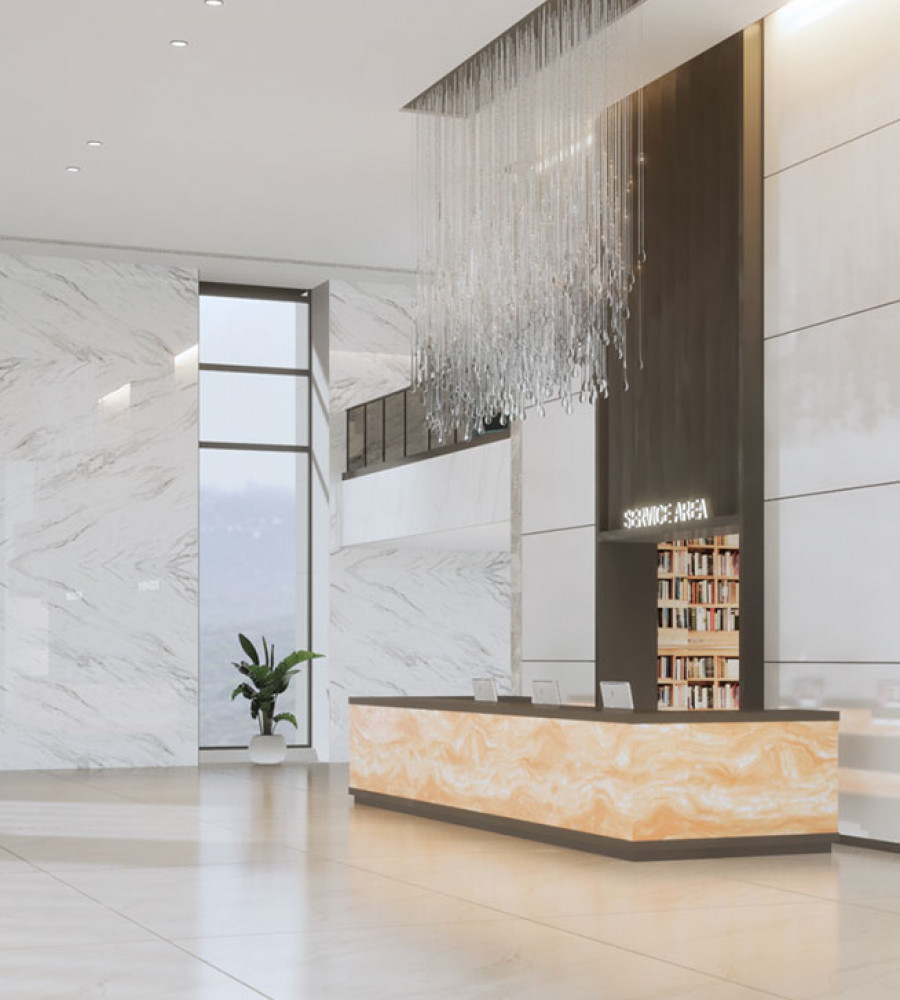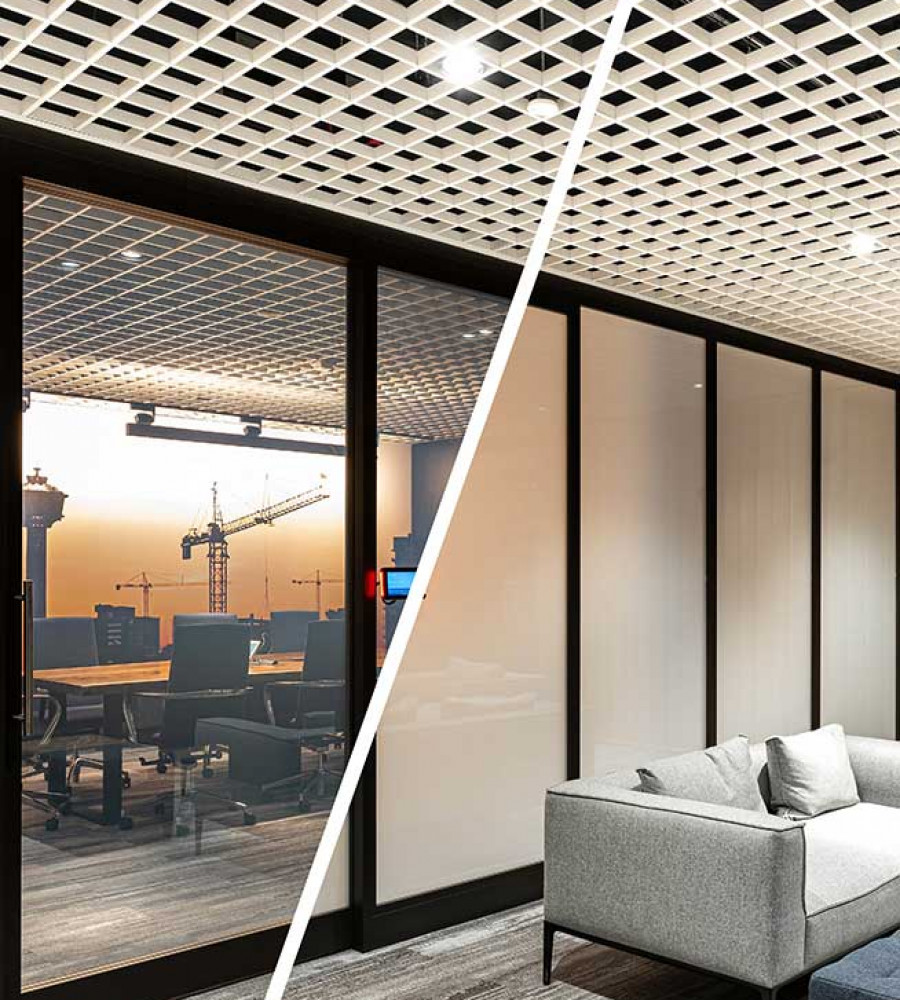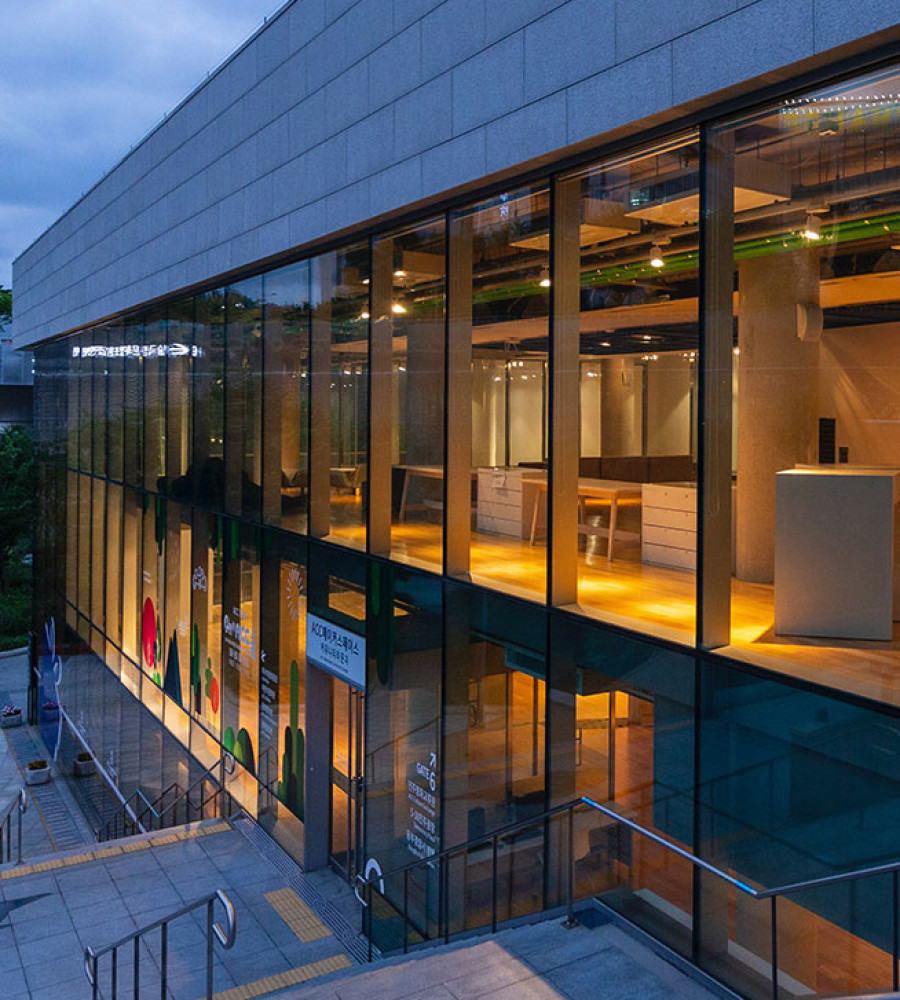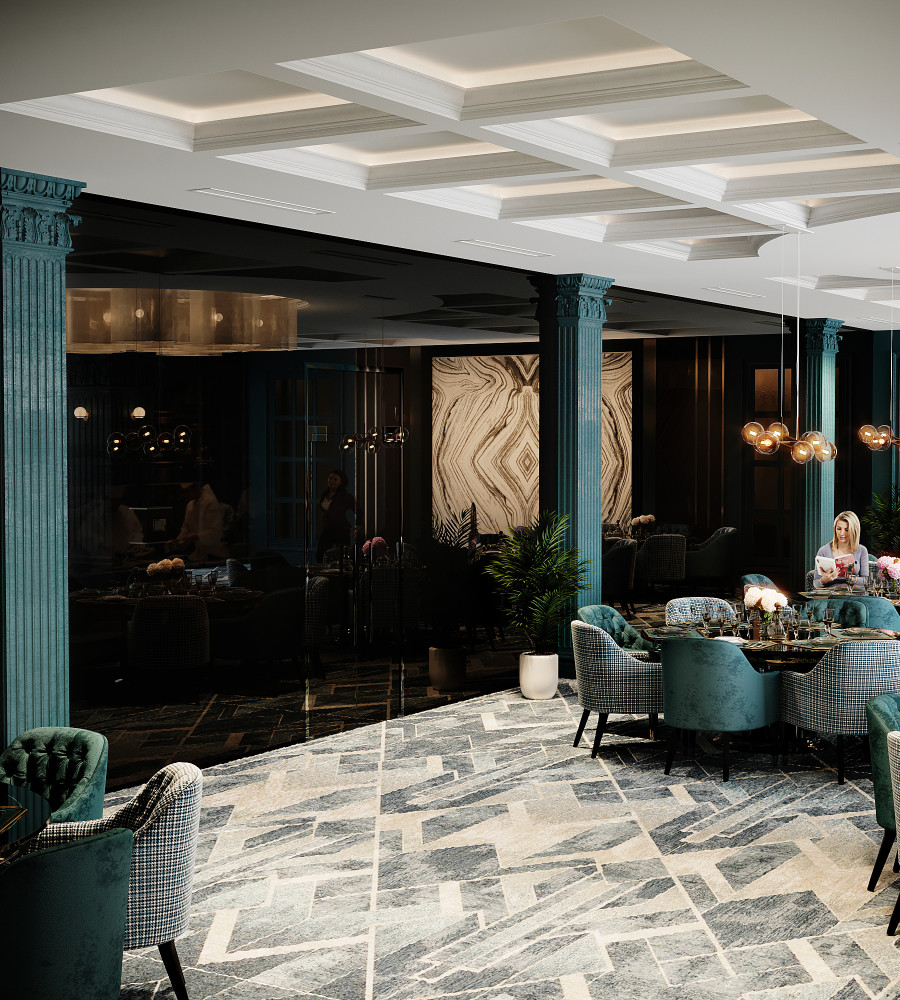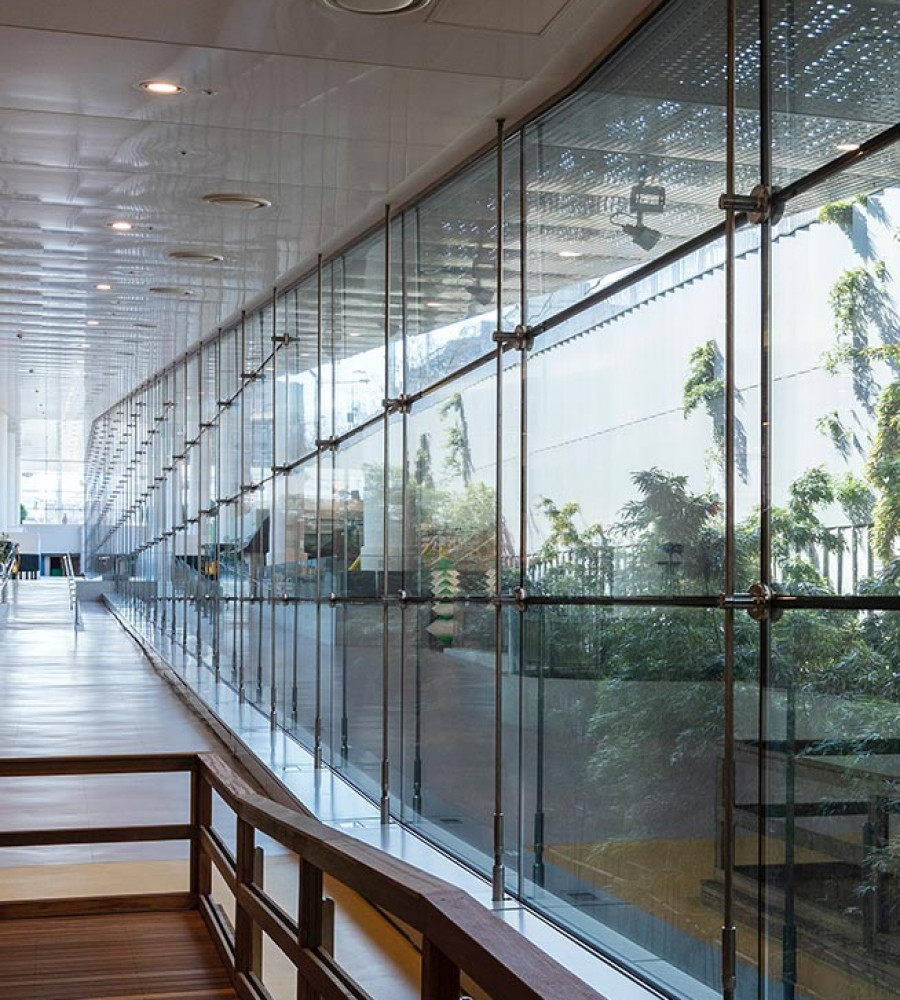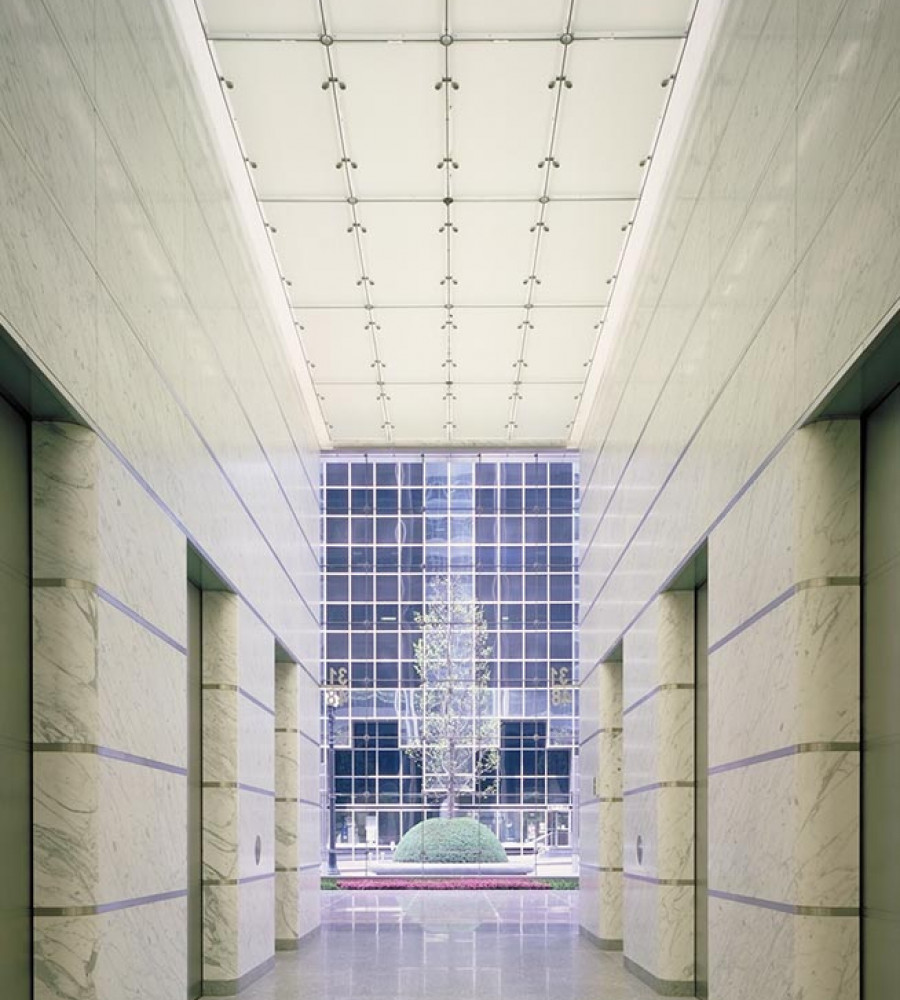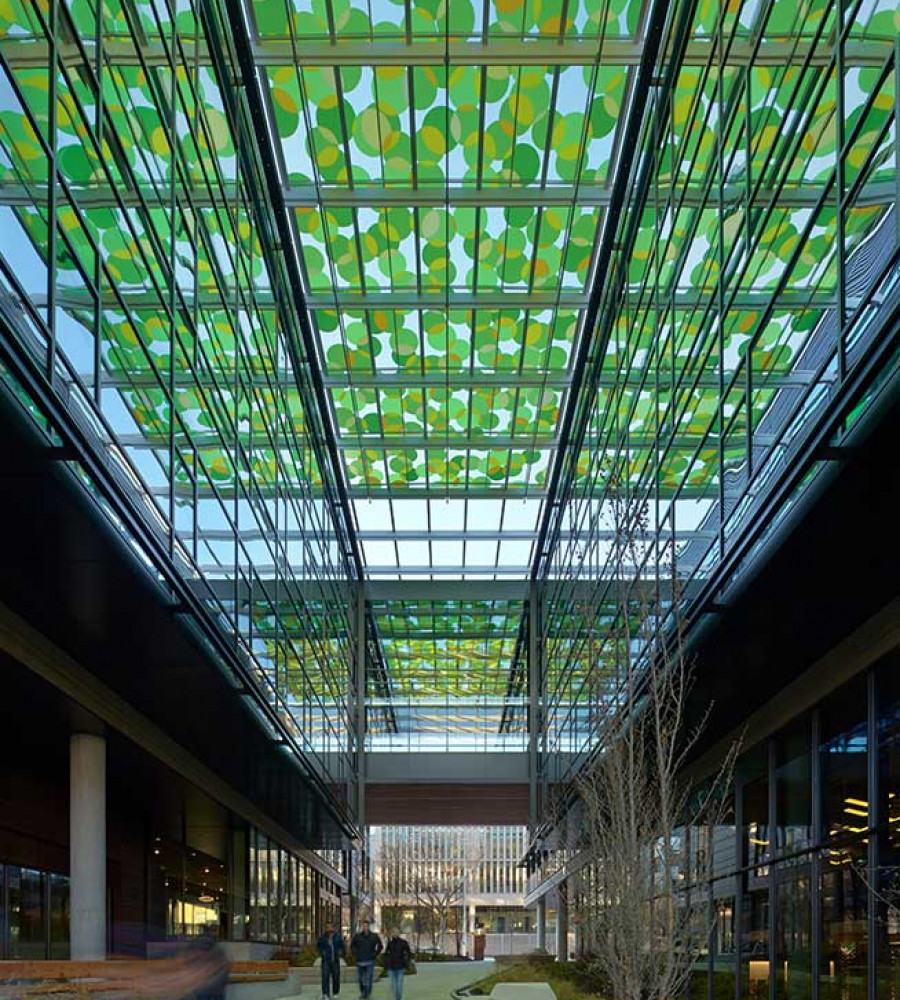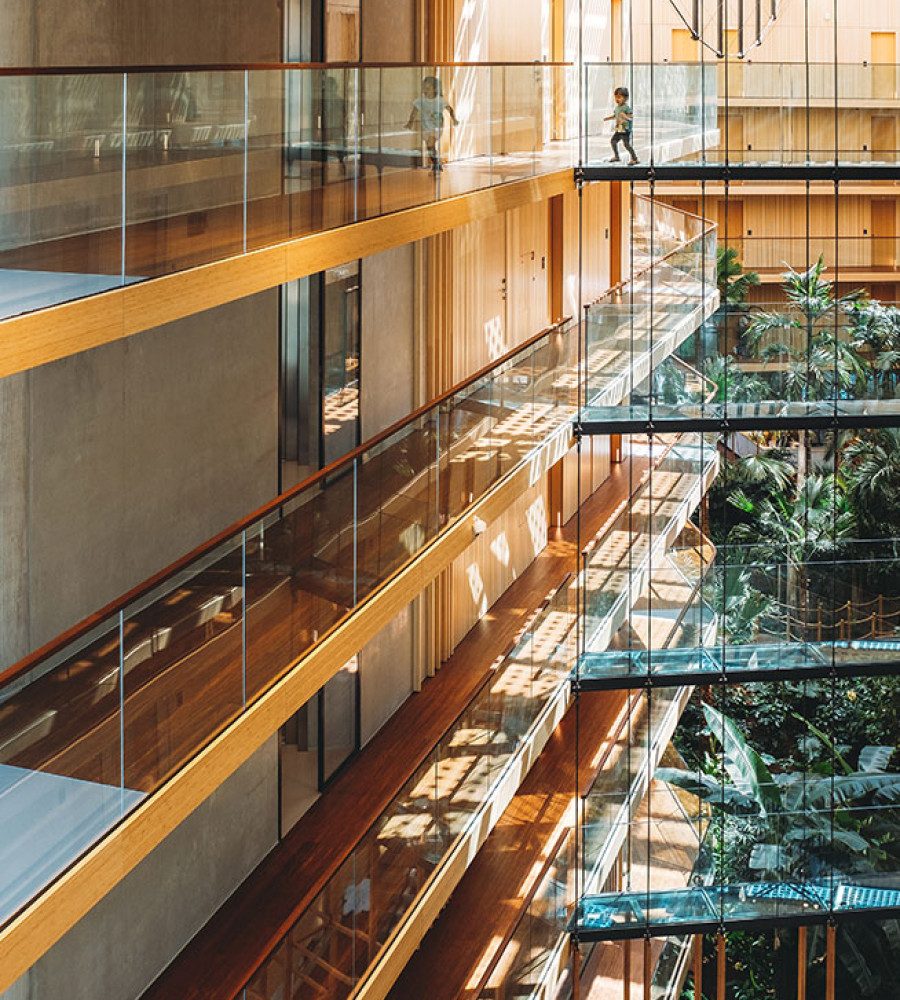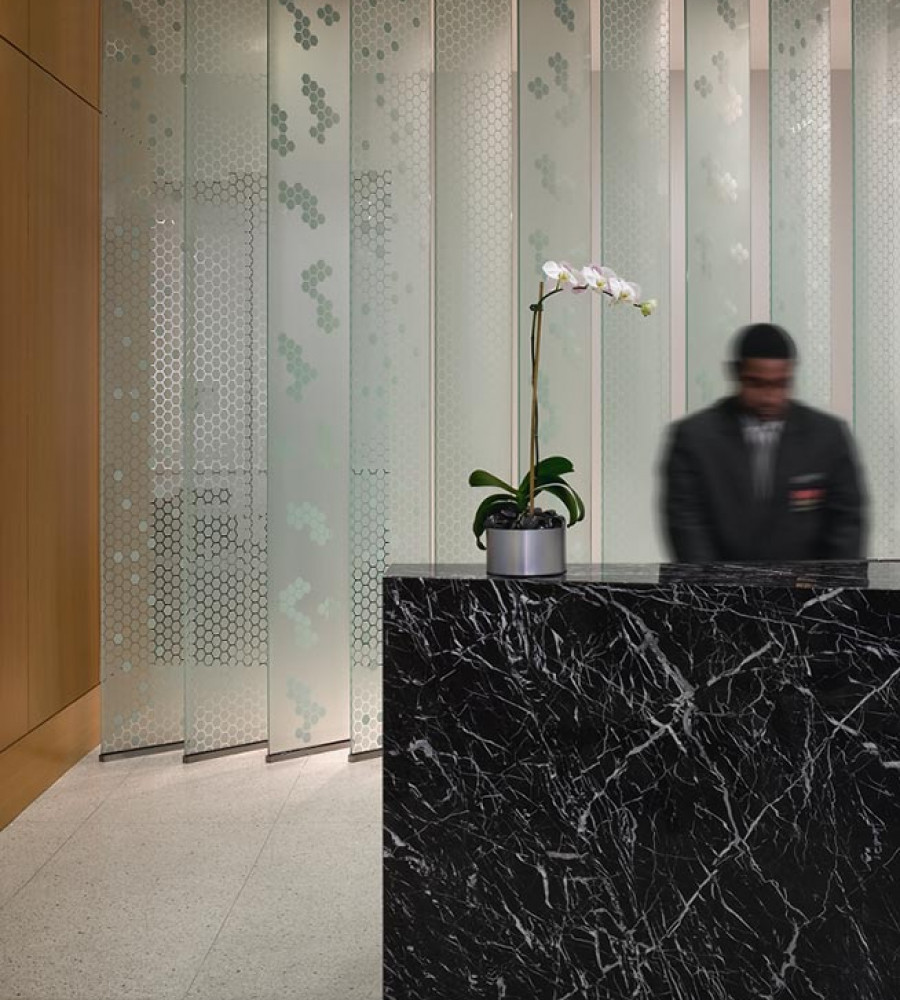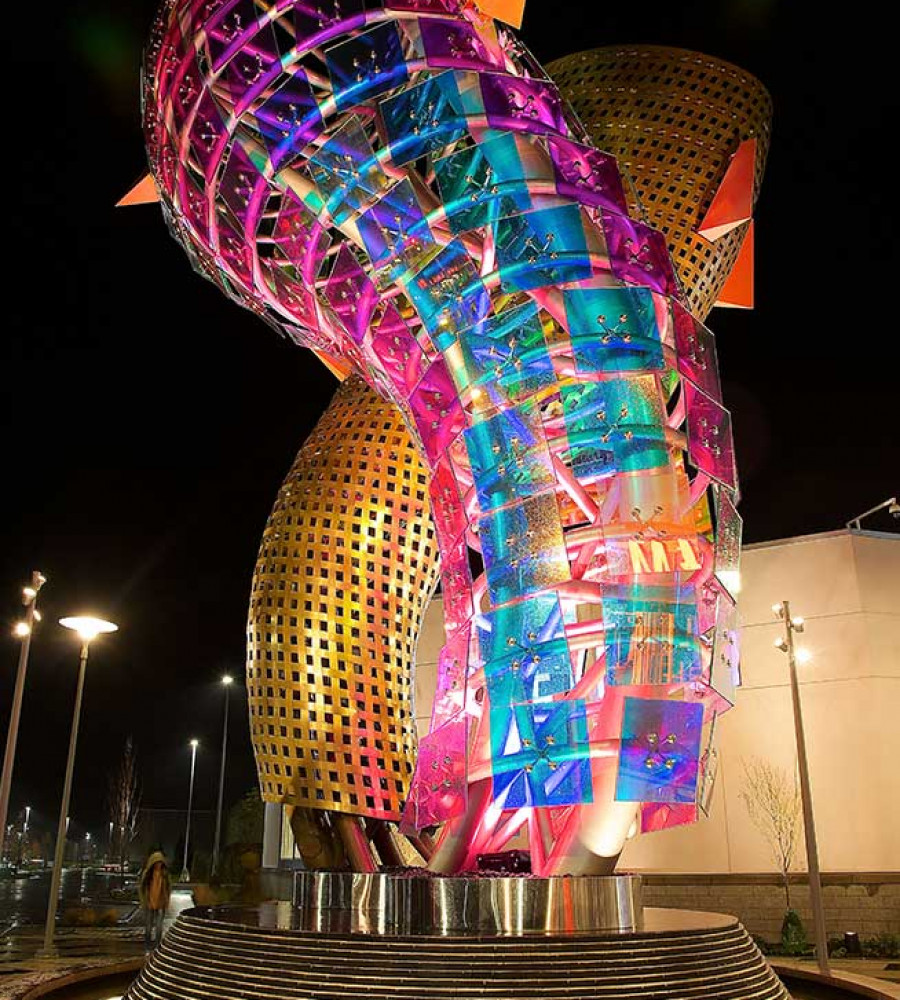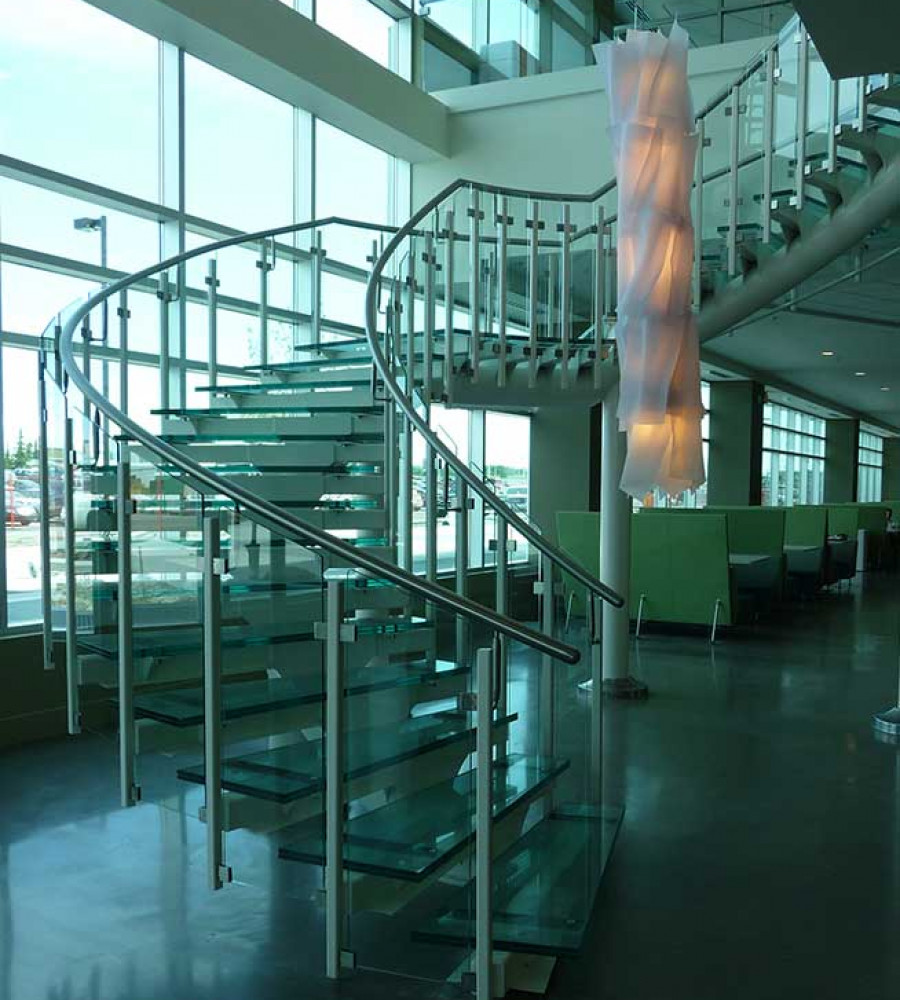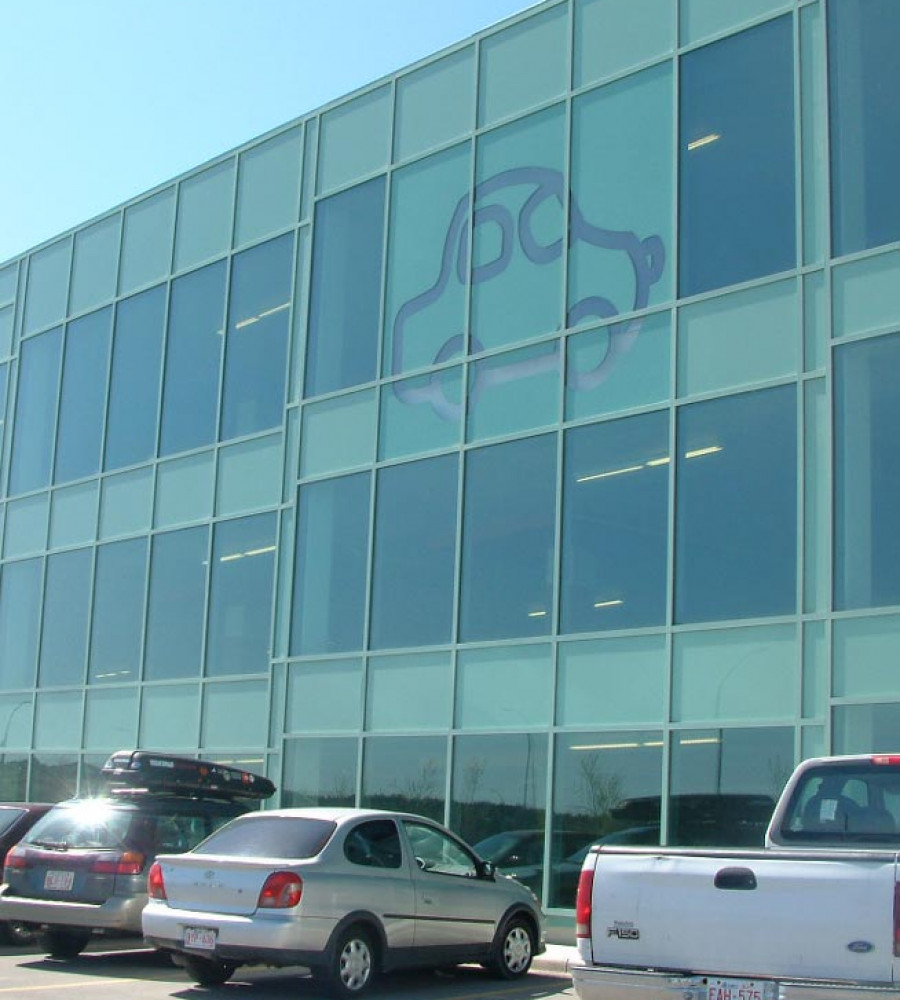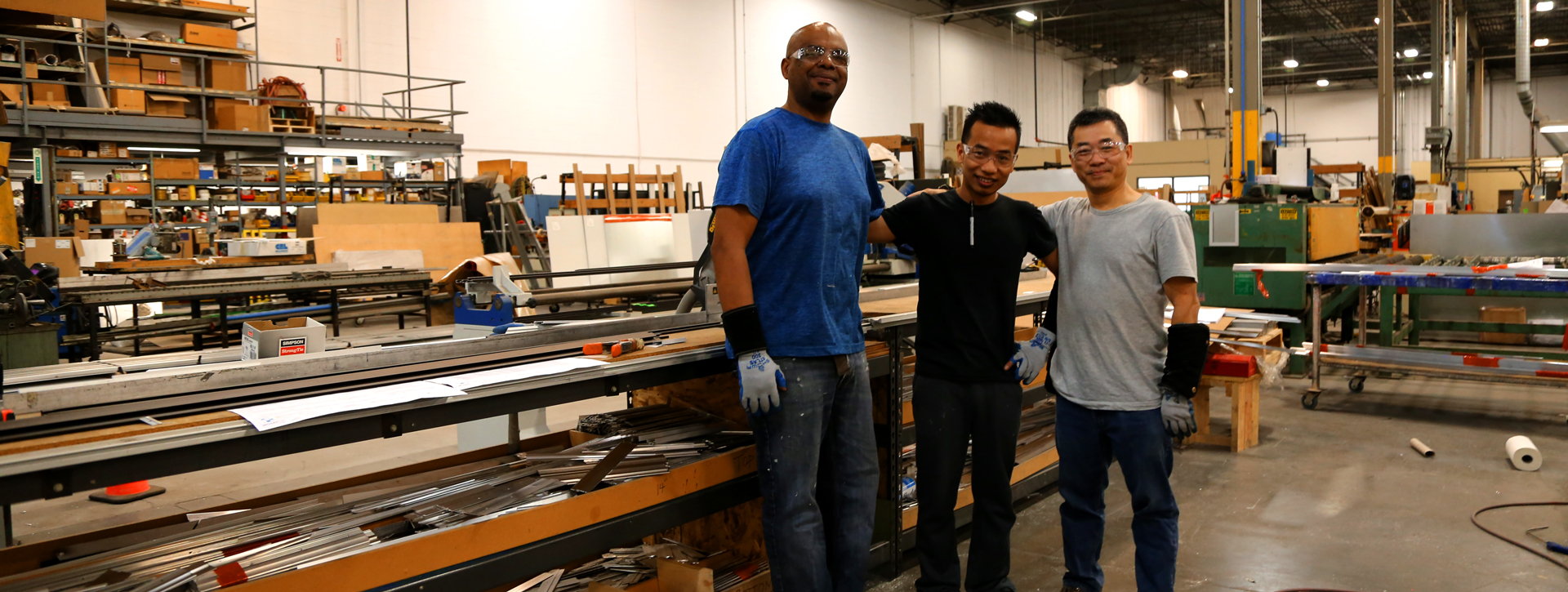Posted: 6 years ago
The MCC Liebman Science Center: Empowerment through Design
When building for the future, it’s important to consider all aspects of a building or space – from structure and sustainable building practices to the overall wellness of occupants and using leading-edge technology to create an imaginative design.
When the McHenry County College set out to create a $15 million-dollar science center located in Crystal Lake, Illinois, they wanted to create an innovative environment that would inspire the next generation of scientists and mathematicians. To do so involved successfully preparing them for their future careers with state-of-the-art equipment, collaborative working spaces and facilities which utilize the earth’s unique natural landscape to provide hands-on learning opportunities.
In August 2018, the McHenry County College’s newest addition – the 40,000 square-foot, two-story, Liebman Science Center – opened its doors for students working towards a future career in science, technology and mathematics. Aspiring to create a design that embodies the economic, environmental and health benefits of green building while attracting the attention of both current students and onlookers alike, the architectural and design team as well as the college faculty worked together from the onset to bring this vision to life.
Dreaming Big
Before the Liebman Science Center opened last fall, Demonica Kemper Architects worked with faculty and staff at the college to brainstorm the needs and features they thought should be included in the new building. This resulted in the largest GeoScene wall in the country. Measuring at 5 ft high by 16 ft wide, it includes eight distinct types of stone that help students envision what it would look like if they were to slice into the earth. According to MCC’s geology instructor Kate Kramer, Demonica Kemper Architects worked closely with masons from Illinois Masonry Corporation to transform her sketch of the wall and execute on her vision. "It's not every day that you ask masons to build geologic structures; they typically use stone to add beauty and architectural interest to a building. But I worked very closely with Demonica Kemper Architects, Pepper Construction and Illinois Masonry Corporation to create a unique teaching tool for MCC."
Along with the facility’s GeoScene wall, the center features an array of sophisticated and effective tools for teaching, including an innovative cadaver lab, a weather center, as well as a newly expanded planetarium which, with its remarkable exterior window that emphasises a bold image of the Tarantula Nebula from the Hubble Telescope, has generated a lot of interest.
Inspiration Through Natural Elements
Attracting attention and sparking curiosity is exactly what the architectural team had envisioned when they set out to create a celestial art piece that expressed the dynamic nature of the interior of the building while motivating students to want to come in and learn more. ‘Bringing the Outside In’ was named one of the top trends for 2019 due to its ability to invoke the invigorating impact of nature and the positive affect is has on the building’s occupants. Influenced by this trend, for this particular project, the project team decided to highlight what was happening on the inside of the building on the building’s exterior through a 22 ft high by 27 ft wide custom glass installation. Working closely with the science faculty, the team wanted to choose an image for the installation based on expressiveness, colour combination, composition and how it coordinated with the rest of the building. Ultimately, the Tarantula Nebula, captured by the Hubble Telescope, embodied all of these factors and expressed astronomy in the best way.
Once the image was selected by the college and the architects, the team set out to turn vision into reality and balance functionality with aesthetics. With the planetarium positioned directly behind the glass, the team was faced with the challenge of restricting light from shining into the planetarium. Through the use of digital ceramic printing and backlighting the team was able to achieve the desired aesthetic and the installation was to come to life at night as the stars within the image shine through.
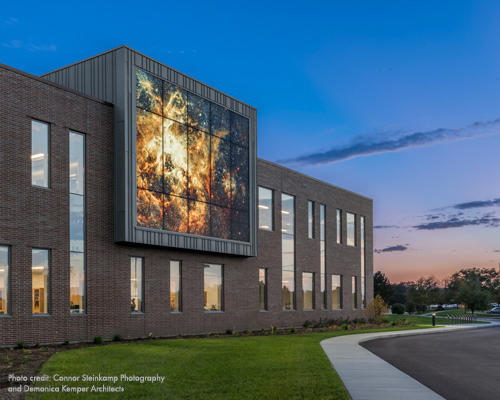
The exterior glazing unit features a Hubble Telescope image of the Tarantula Nebula.
Leading the Way in Sustainability
Having an innovative design is one thing, but balancing it with sustainable building practices is entirely another. McHenry County College demonstrated its commitment to leading the way in energy and environmental design achieving LEED Gold Certification with the Liebman Science Center, and every aspect of the facility was designed with sustainability and overall wellness in mind. The building includes an innovative design that has measurable water efficiency, indoor air quality and energy savings with overall lower maintenance costs. The center also uses 100% LED lighting, features water-saving plumbing fixtures that have the capacity for saving up to 30% water compared to standard fixtures, and has dedicated parking spaces for low-emitting vehicles as well as charging stations for electric vehicles.
Since its opening, the college has generated a significant amount of interest across the community, the country, and beyond. Referred to as a ‘jewel in the crown of the community’ by MCC President Clint Gabbard, this one-of-a-kind project has allowed the MCC Lieberman Science Center to lead the way in innovative design by balancing sustainability with advanced education, achieving the team’s goal of immersing students in an inspiring and empowering environment.

